Blox Financial Planning Software
Blox financial planning software provides pre-built spreadsheet-free planning models to help business leaders plan for the future with an easy-to-use interface that instills confidence in their financial strategy.
Blox recently won a top 5 position on the Product Hunt website – a curation of the best new tech products.
Over the last 3 months, we have been focusing on customer engagement and MRR targets with significant improvement in customer satisfaction, even higher usability scores, and a dramatic reduction in time to value with our generative AI modeling capability.
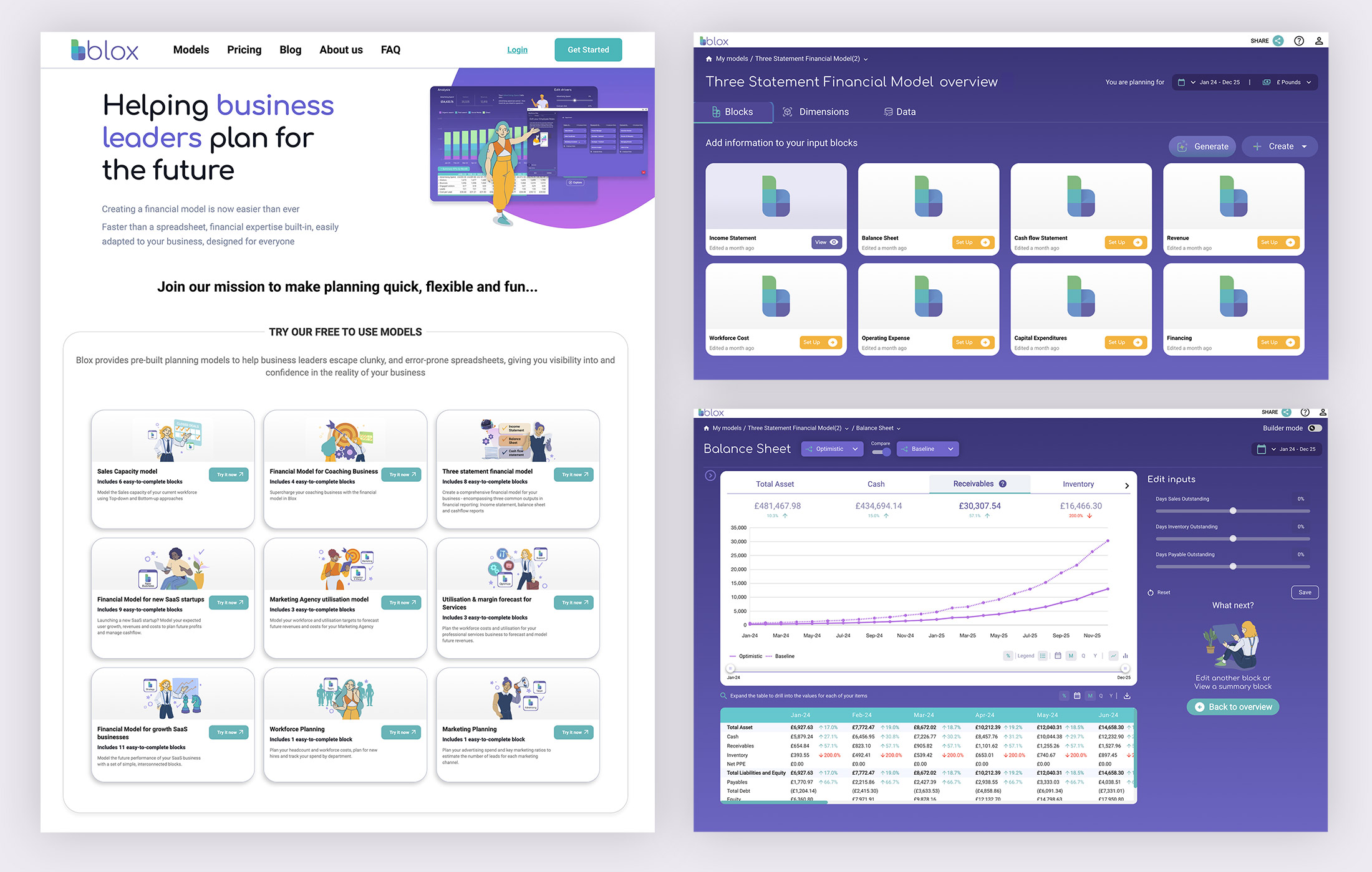
1. The Discovery Process
Whilst working for our previous company, Metapraxis, we were tasked with researching innovative digital solutions for planning and forecasting for enterprise and SME-level companies that would be easy to use and inexpensive to install and maintain.
Initial Research
 During our initial research and ideation workshops, we discovered a potential gap in the highly competitive financial planning and modeling market. We found that users were facing frustrations with the current expensive business planning software, which relied heavily on complex workflows and calculations in spreadsheets.
During our initial research and ideation workshops, we discovered a potential gap in the highly competitive financial planning and modeling market. We found that users were facing frustrations with the current expensive business planning software, which relied heavily on complex workflows and calculations in spreadsheets.
We set goals to create a product that addressed the majority of business use cases while being easy to set up and available on a monthly subscription basis. We also aimed to provide a free basic plan for all users, coupled with highly competitive monthly rates for advanced features, including team connectivity and unlimited data and model building capabilities..
Key users of would include:
- SaaS Business Leaders
- Business Analysts
- FP&A Consultants
- Ambitious business leaders
2. Key Insights
A series of user interviews provided valuable information on the goals, pain points, and challenges our users would deal with on a daily, weekly, and monthly basis, we concluded that a new innovative digital solution for these users would be highly valuable and would be worth exploring further.
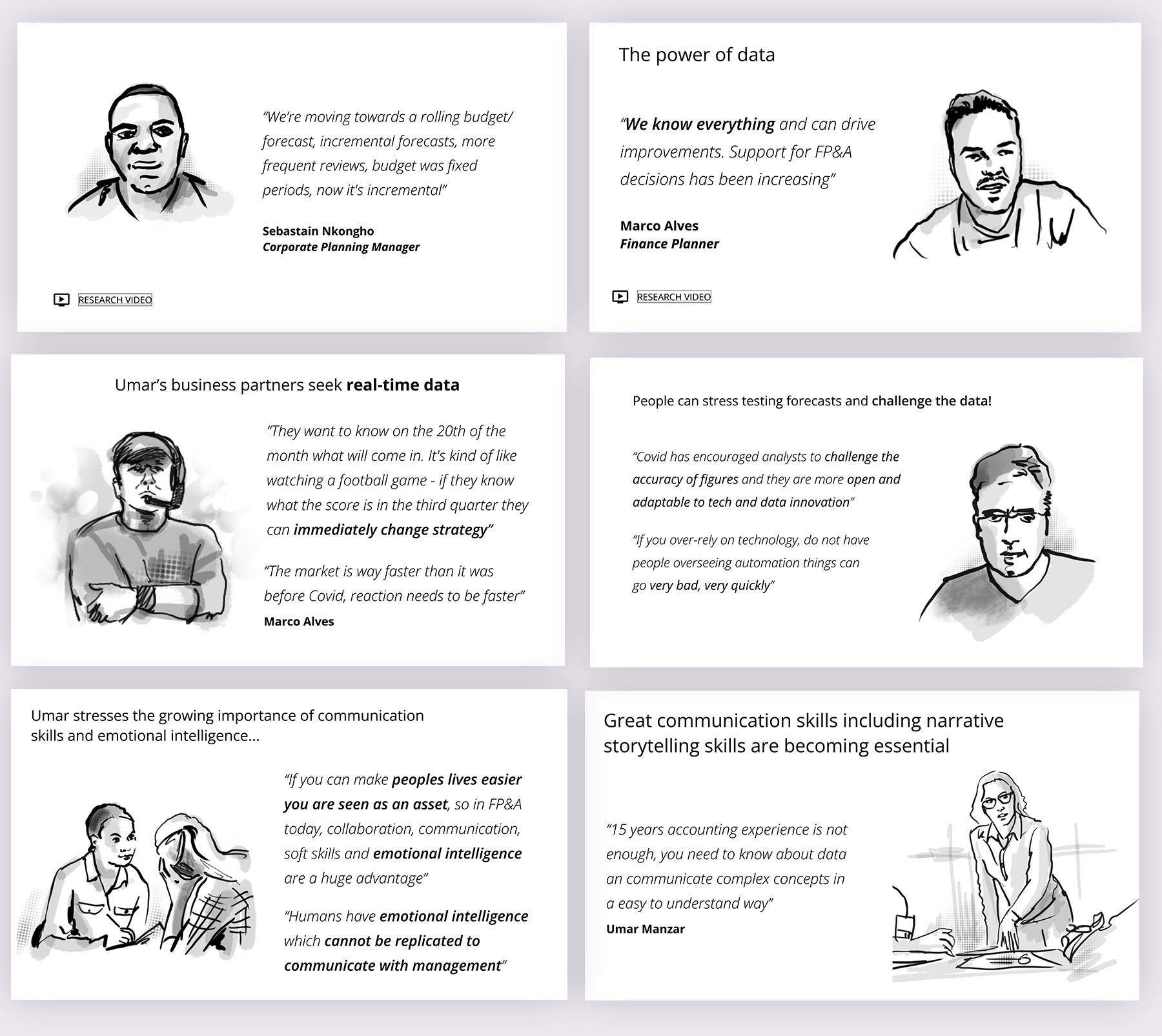
After reviewing the interview data, we created a story of an ideal customer and tried to imagine what their day would look like if they were able to use our new product to improve their performance, reduce planning errors, and save valuable time, so they could plan effectively and concentrate more on their business strategy.
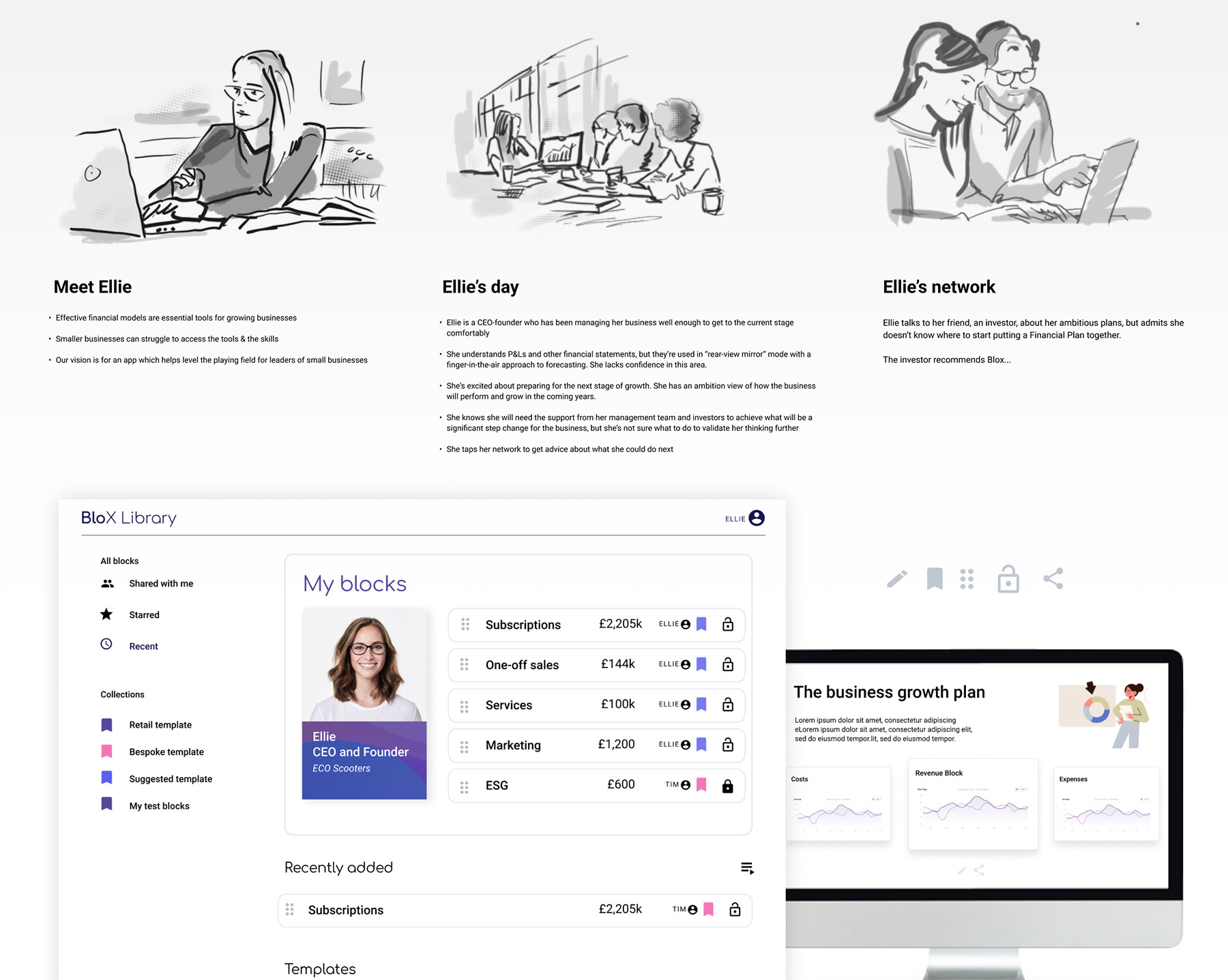
3. Design
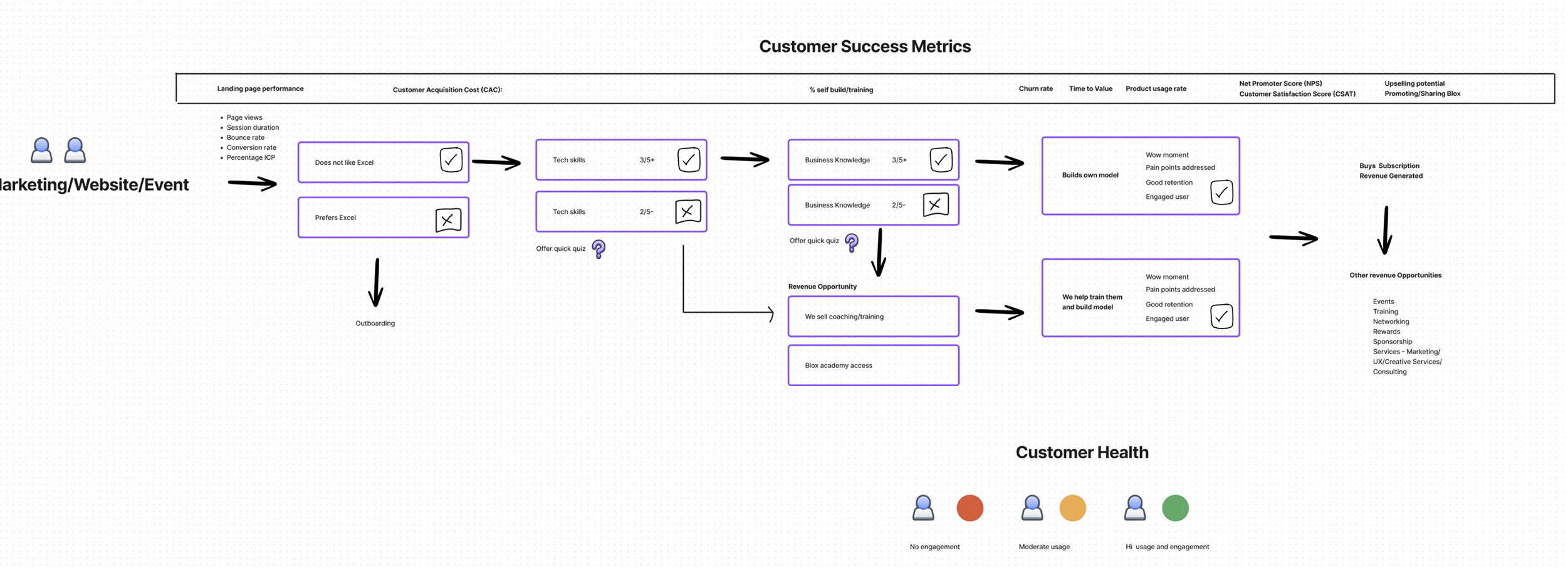
We initially used low-resolution designs to construct user flows with relevant content for key tasks that the user would be required to make in order to build their business models effectively. We then played these user flows back to representative users involved at the interview stage for feedback. The next step was to create functional prototypes, initially for a mobile, so we could simplify the user experience as much as possible and avoid overly complex layouts which would hamper our self-serve user goals
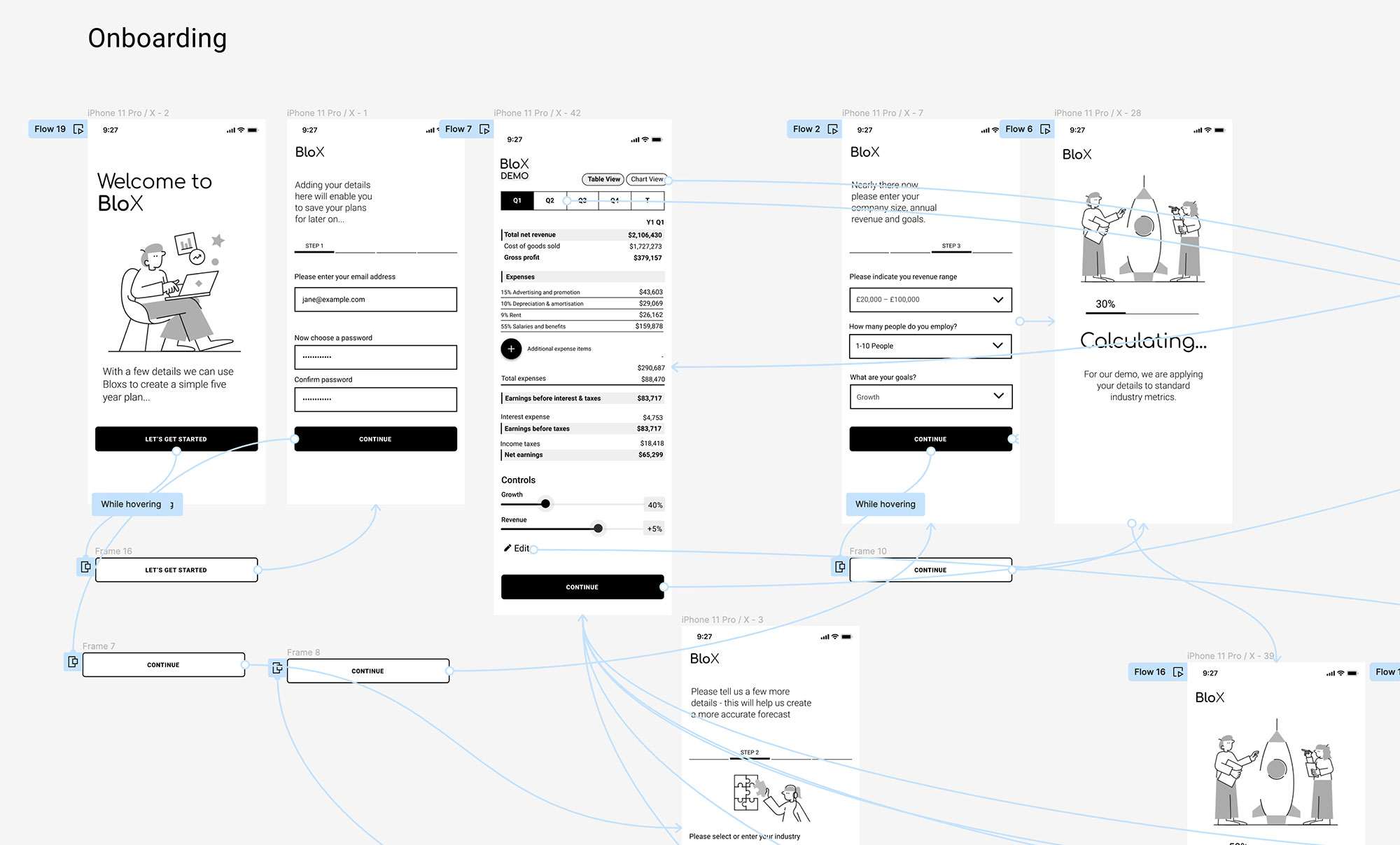
We also recorded usability metrics such as time on task, completion rate, and number of clicks to ensure the user flows were efficient and easy to complete without assistance.
Subsequently, they were converted to high-resolution Figma prototypes, which our development team used to build the site with a modern React front-end coding
Additionally, I designed branding and a design system that aligned with the values and goals of our product and ensured that the brand remained consistent and attractive throughout the product.
After the site went live, we received plenty of valuable user feedback and analytics through Hotjar, Clarity and Heap. We continue to improve the product based on user feedback and behavior.
We found that creating persona summary pages like the one below highly beneficial for improving user engagement and retention times, as key pain points and goals were displayed here, along with email notifications of any important changes for the user.
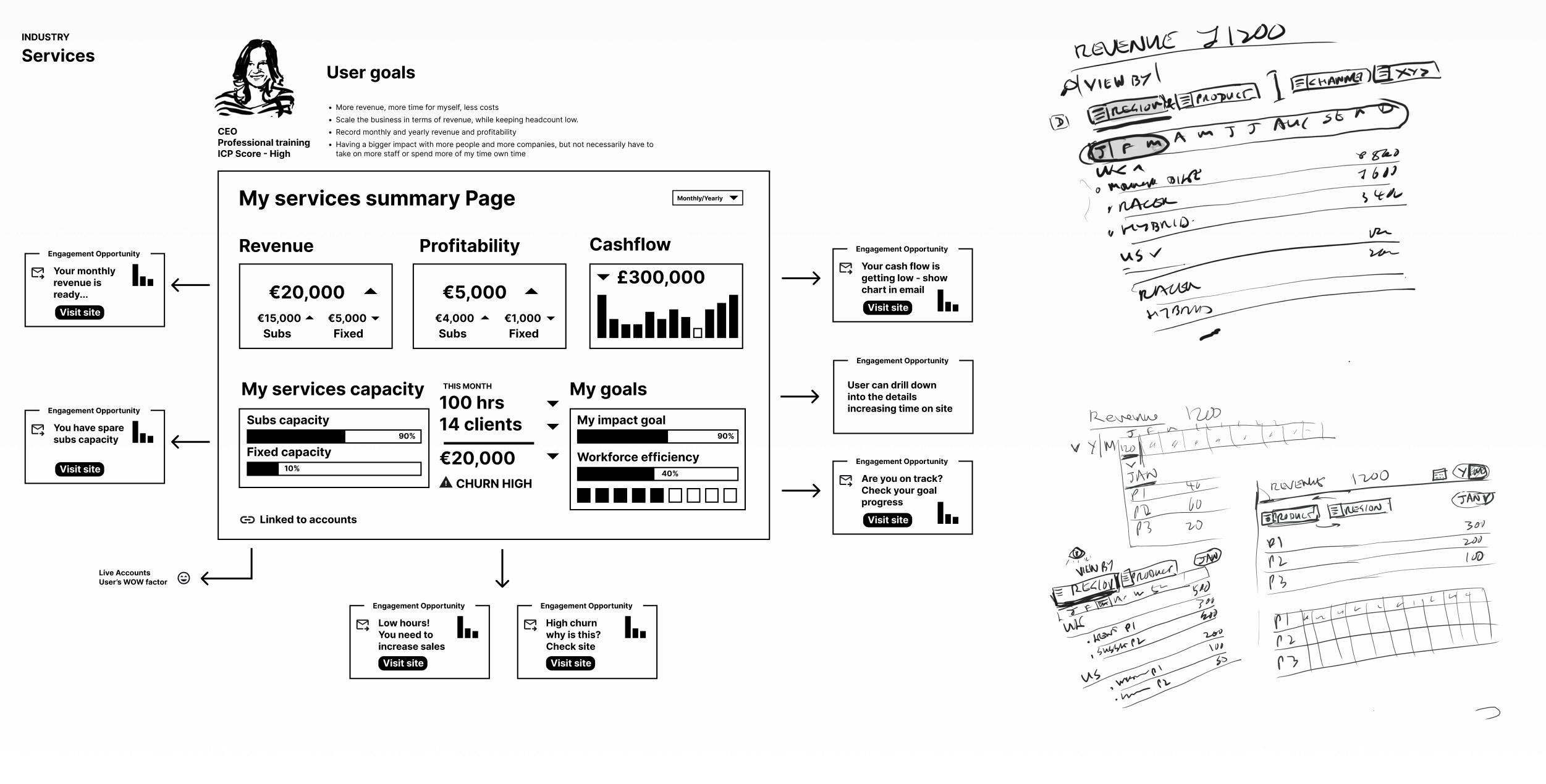
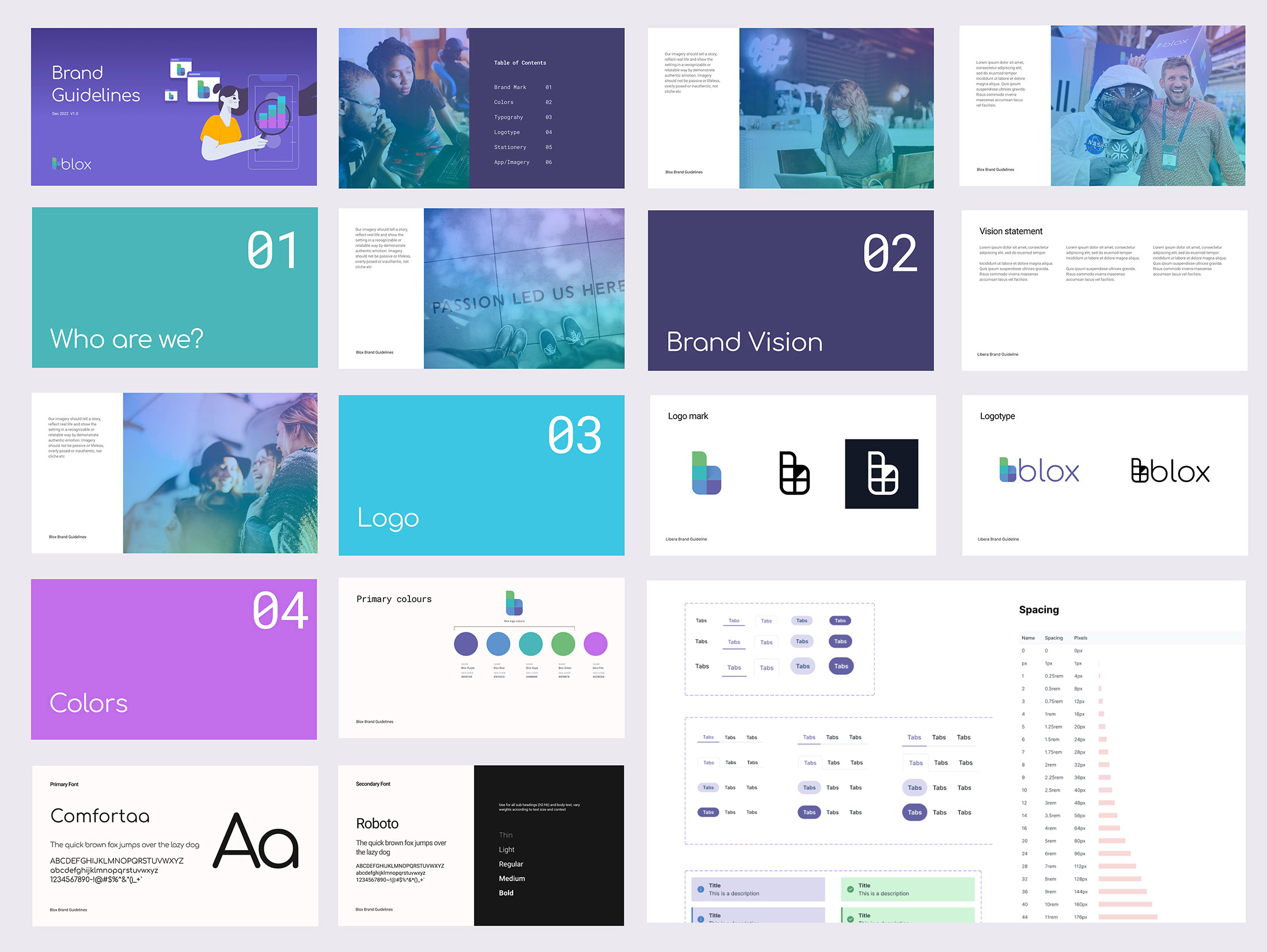
4. Usability Testing and Feedback
User testing is vital for obtaining objective feedback on your product while in development. It can help minimize confirmation bias in the minds of the product designers but also give validation to features that test well in terms of usability and have high engagement metrics with users.
In this sample user test below for a property dialogue box, five key tasks were chosen then tested online; benchmark metrics were recorded, and then the tasks were repeated with an improved design to see if there was a real benefit to the design changes. All new features also go through this testing routine to ensure that usability does not decline over time.
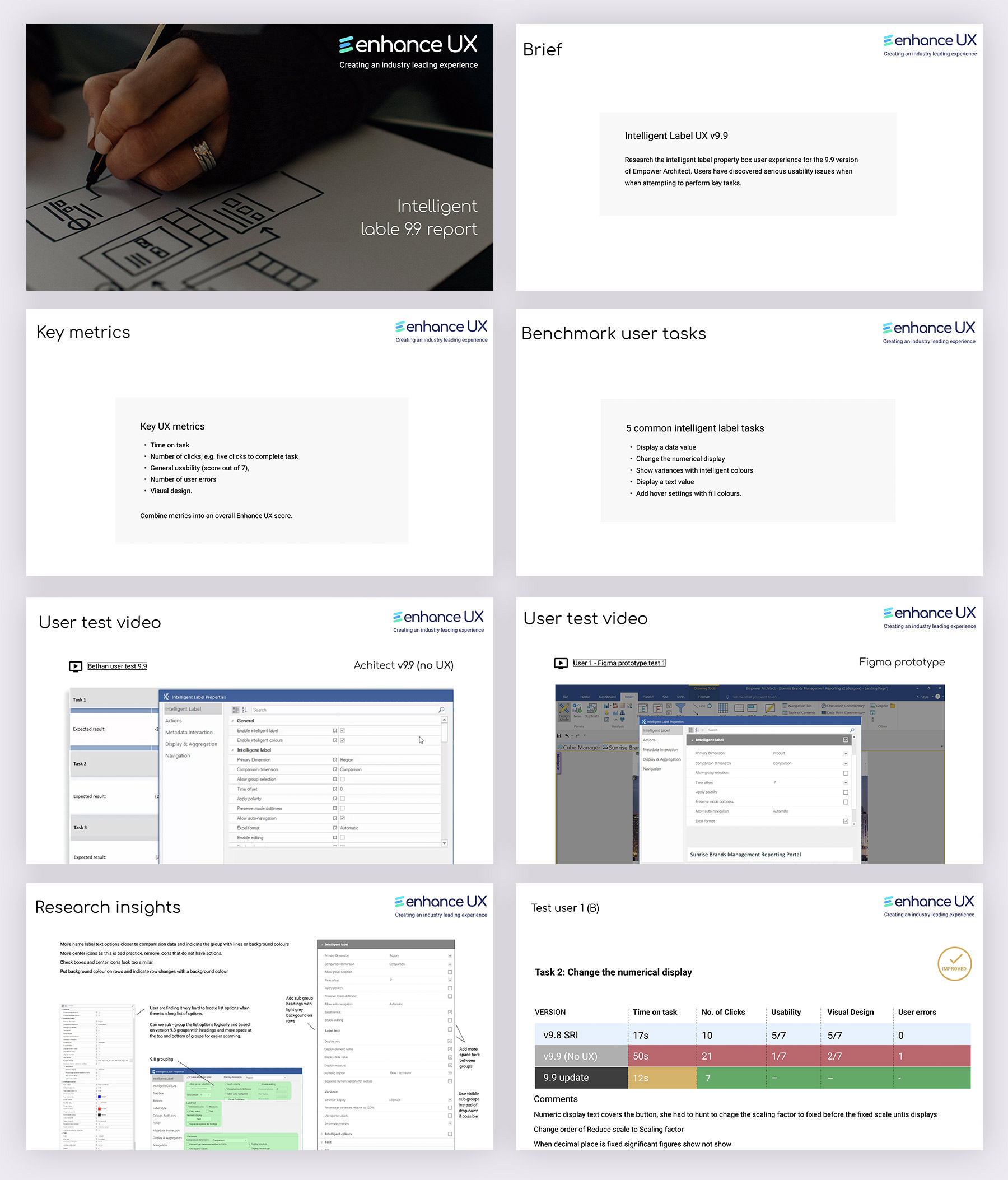
5. Key metrics & KPIs
We are using a combination of Google, Heap and Hotjar to measure user metrics and KPIs, Heap in particular has been essential to measure user engagement and retention rates whilst users are in the product.
- 470% increase in user engagement over 3 months
- 560% increase in active users
- 10x increase in MMR over 3 months
- 10x increase in website traffic
- 150% reduction in customer churn rate
Thanks to frequent client feedback, the site's user experience and design have been consistently improving. We've made adaptations to ensure ease-of-use and navigation of blocks and models. As we continue our design and development work, we plan to expand to a Blox marketing place, which will provide a comprehensive library of planning capabilities.
We are also moving into the world of generative AI with our multi-dimensional model builder, which can now create blocks automatically with text prompts via an API with ChatGPT. These interactions are also recorded within Heap and are providing insights into users who value this capability.
KEY SKILLS : ux / ui DESIGN/ PRODUCT DESIGN | product strategy | USER RESEARCH | USER TESTING